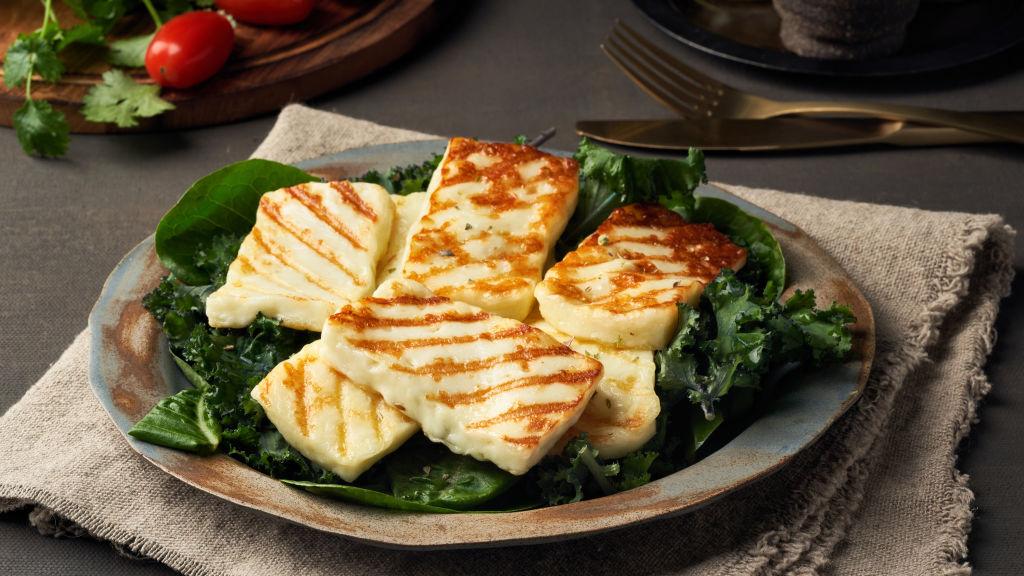They say you can't truly understand a country without visiting its capital. So, if you want to grasp the essence of Cyprus, make your way to Nicosia. We'll guide you on how to make this trip full of rich experiences, even though the city is far from the coastline.
Explore the Ancient Fortification Wall
The fortification walls of Nicosia's historic center have witnessed both the times of Venetian rule and the Ottoman Empire's conquest of the city. You can explore what remains of the fortress bastions after fierce attacks, as well as the city entrances—Famagusta Gate and Paphos Gate (the third entrance, Kyrenia Gate, is located within the territory of Northern Cyprus). Most of the local architectural landmarks are concentrated in the old town.
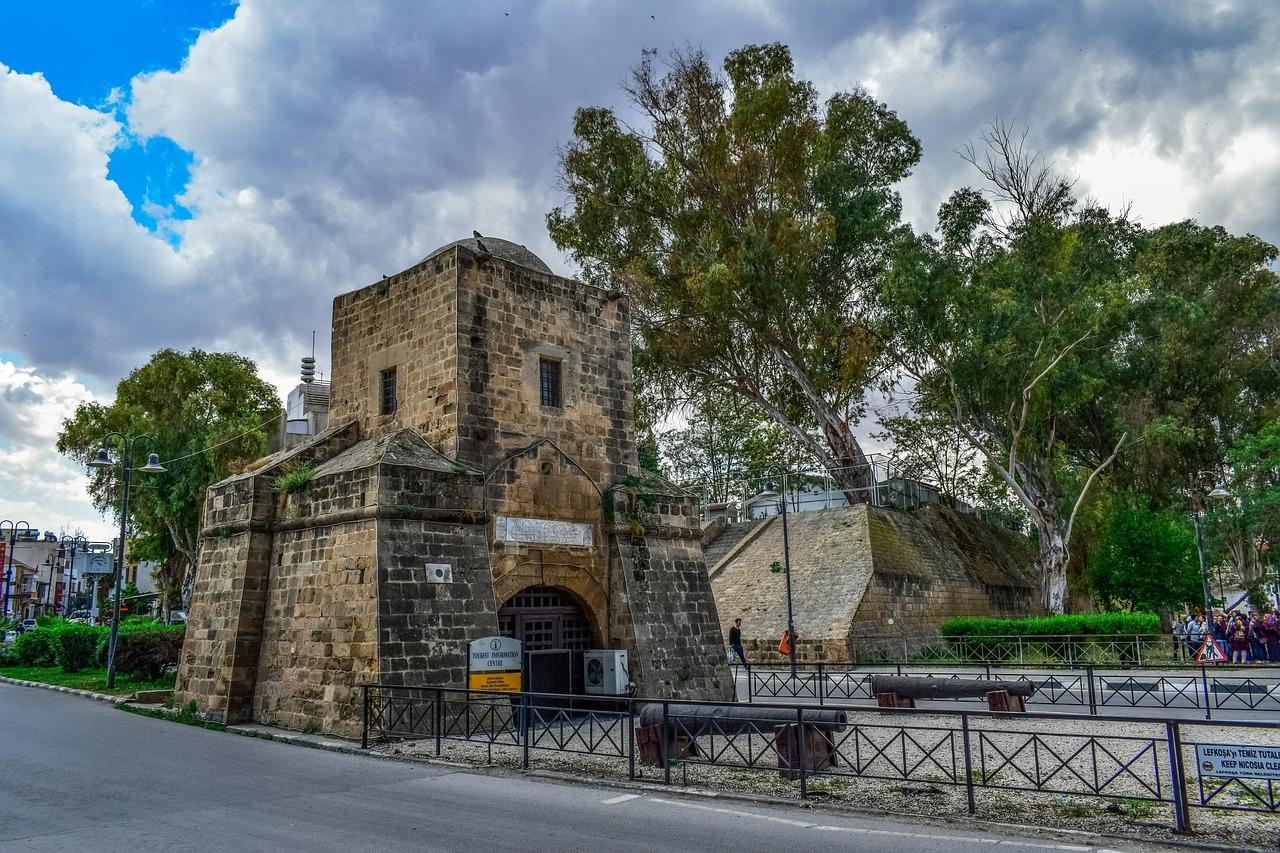
Shop on the Main Shopping Street
The main street in the historic center, Ledra Street, is named after the ancient city-state that once stood where modern Nicosia is now located. Here, you can purchase both inexpensive items from Asian markets and high-quality clothing, footwear, beach accessories, souvenirs, and household goods. Growing mandarin trees lining Ledra Street add a special charm to the walk. Don't pick the fruits; they are inedible as they are decorative varieties. You'll just have to take our word for it, as we've tested it ourselves! By the way, you can rent a scooter for a leisurely ride.
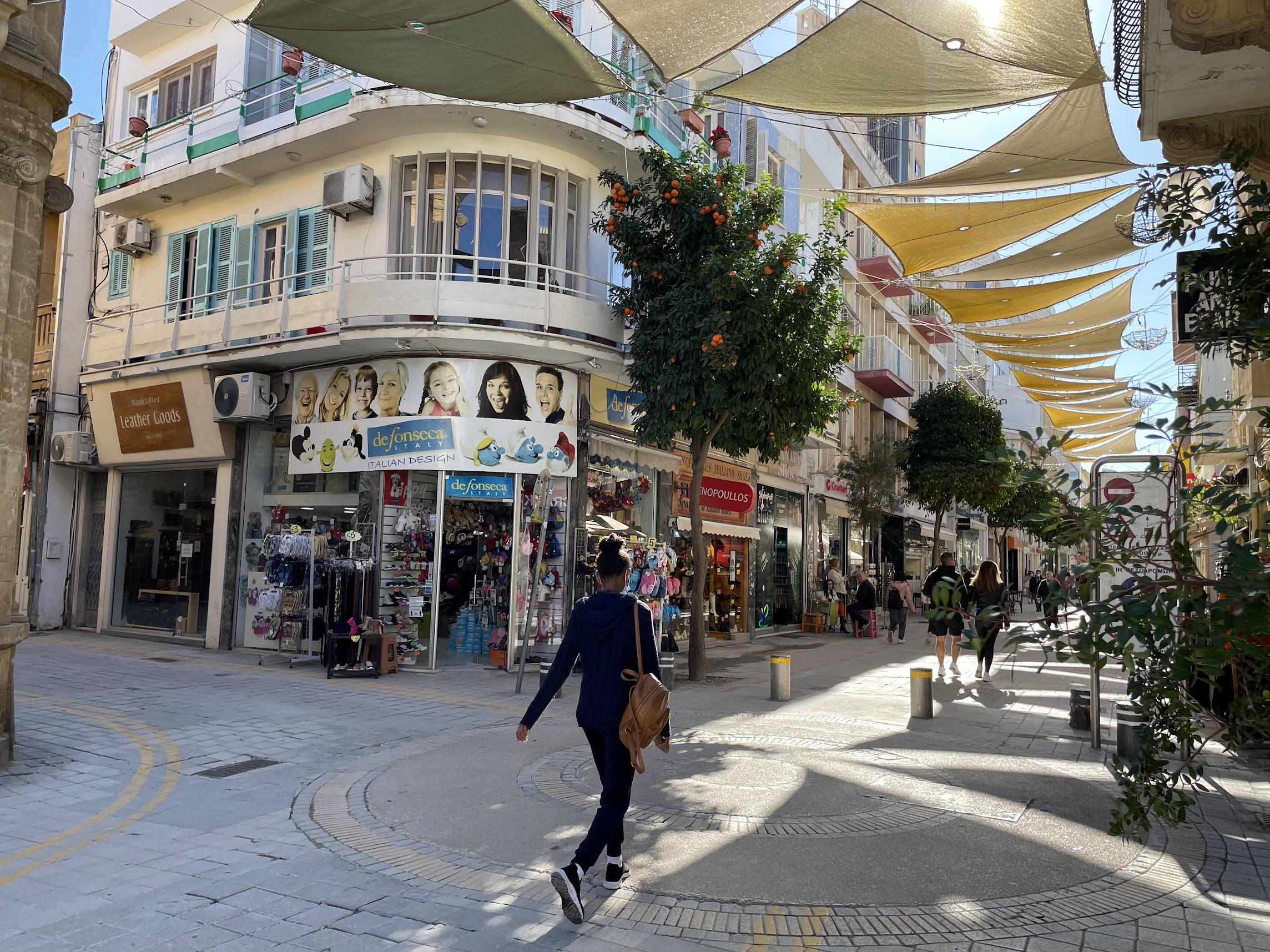
Cross the Border Between South and North Cyprus
Right through Nicosia runs the "green line" dividing the island into the southern "Greek" part and the northern "Turkish" part. Nicosia serves as the capital of both of them. If you're interested in how Cypriots' lives differ on opposite sides of the border, you can take an enlightening trip to Northern Cyprus. You can cross the border on foot or with a rented car. The pedestrian crossing point, exclusively for pedestrians, is located at the very end of Ledra Street. Remember that you'll need your passport for this excursion.
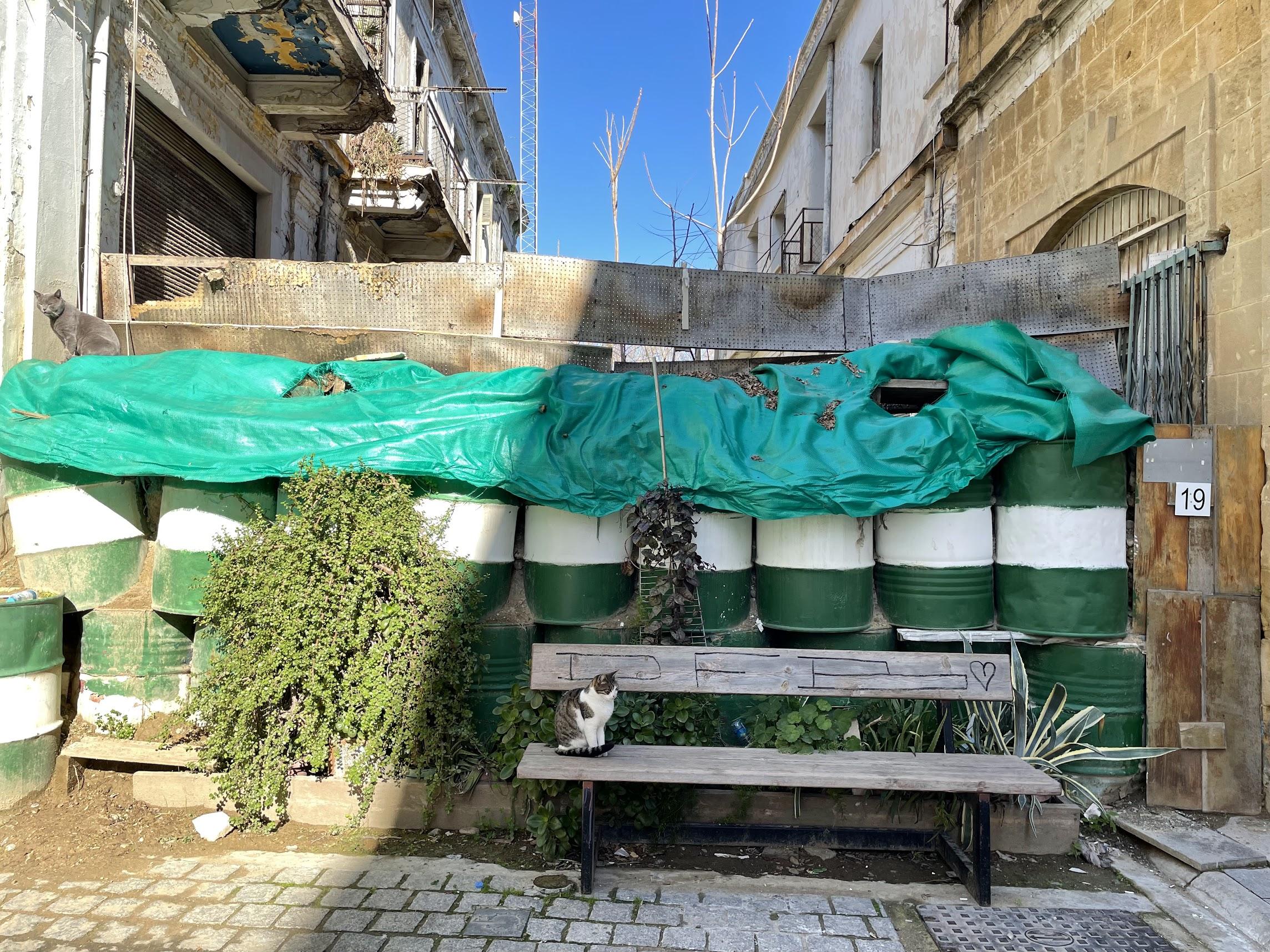
Enjoy a Turkish Bath
Among the residents and guests of Nicosia, Turkish baths, or hammams, are quite popular. The most famous one has a history dating back to the 16th century, from the time of the Ottoman conquest of Cyprus. Initially, this building served as a church. It was later converted into a public bathhouse after suffering heavy damage from cannon fire during the city's siege, ordered by the ruthless and cunning commander Lala Mustafa Pasha, who also had a sincere fondness for steam baths. The bathhouse is located near a mosque and shares its name—Ömeriye—so you can cleanse away all your sins here.
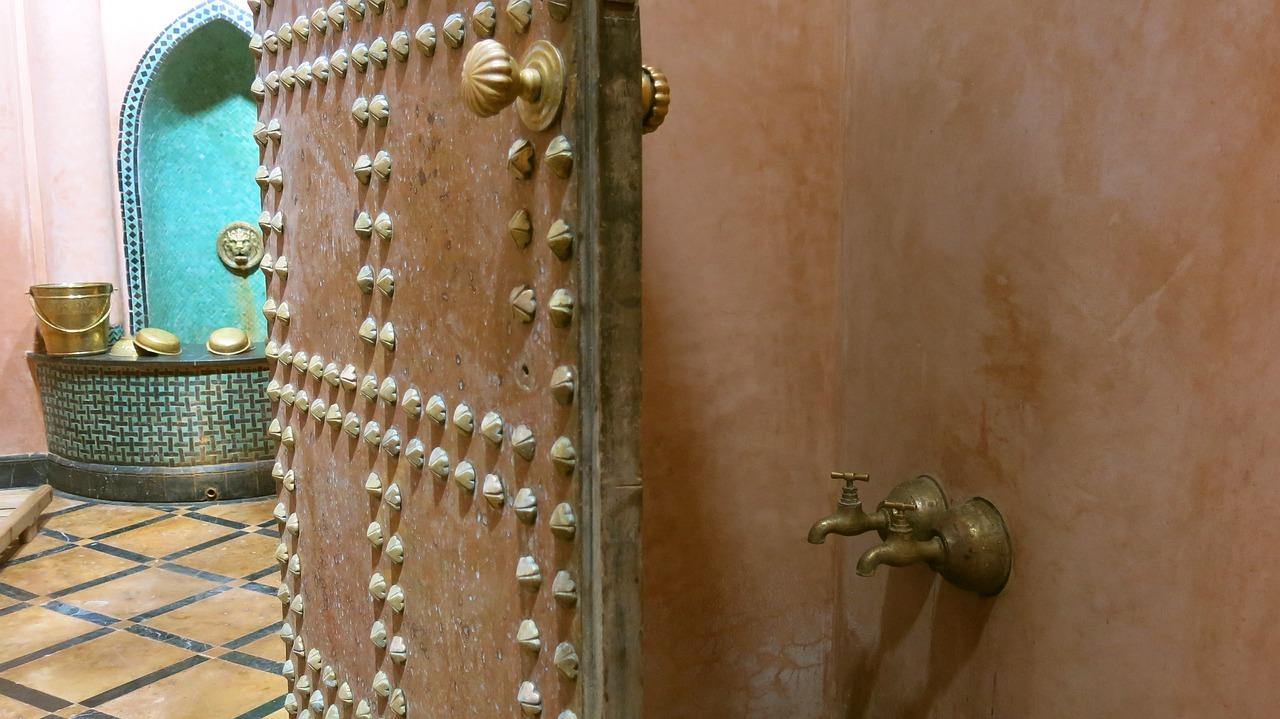
Try Exotic Dishes
Traditional Cypriot cuisine is on offer in the so-called "folk quarter," Laiki Geitonia. Here, you'll find many cafes, taverns, and restaurants where you can sample quite exotic dishes if you're adventurous. For example, the traditional Greek Easter dish - kokoretsi - is made by wrapping meat in lamb or goat intestines. Yes, it's a true gastronomic feat. If you lack the courage, stick to more familiar tastes like souvlaki and moussaka - no one will judge you.
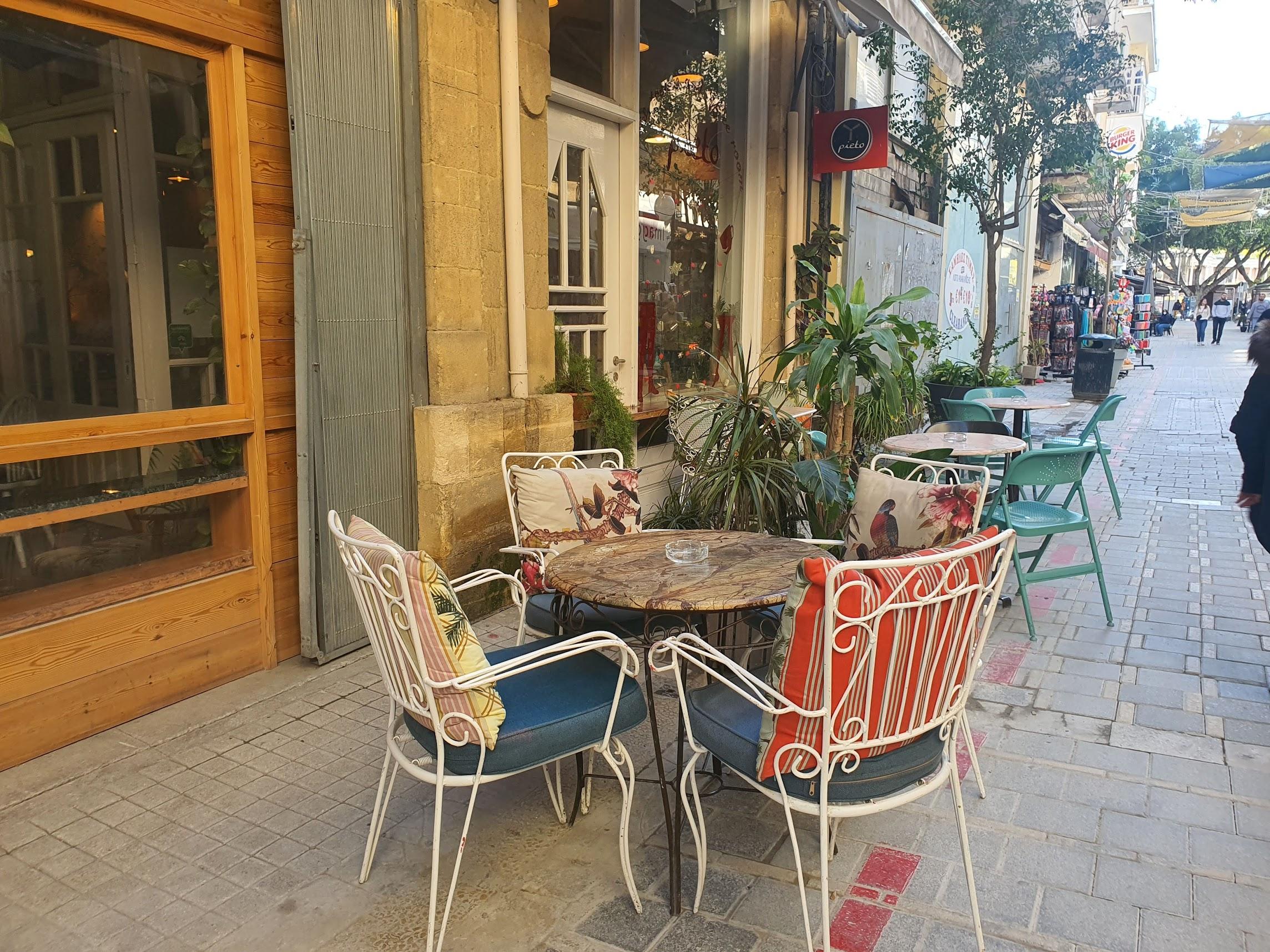
Have a Picnic in a National Park
Athalassa Park is a man-made green area developed on infertile land. The park has its own mountains—Great and Little Aronas, with medieval monastery ruins on the summit—as well as its river and lake, inhabited by ducks, snails, and turtles. The presence of cedar trees makes the air in the park very refreshing. Athalassa is equipped for civilized leisure activities, with picnic and fishing spots, walking and cycling trails, and fields for football, volleyball, and basketball.
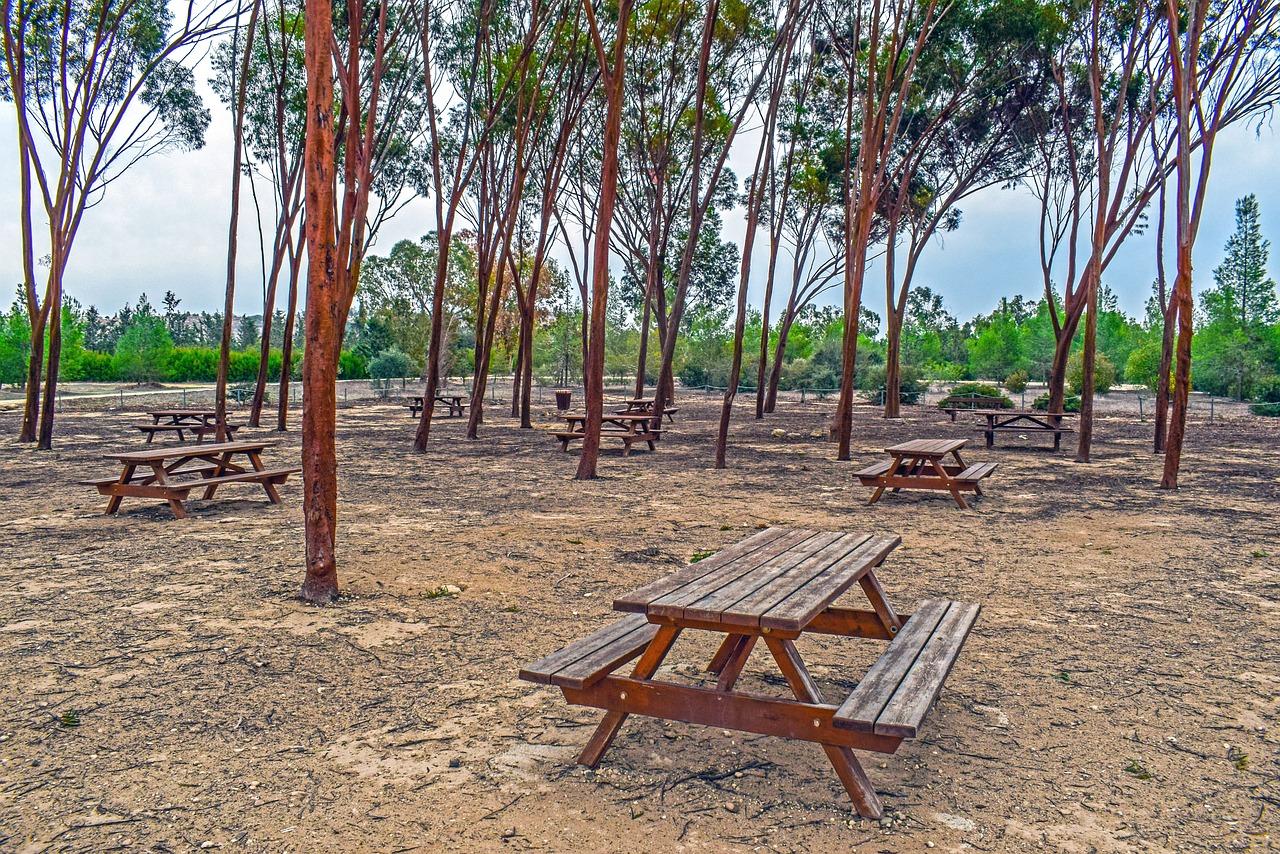
Take a Look at Byzantine Gold Icons
In the museum located in the Archbishop's Palace, artifacts from Byzantine culture that have been preserved in Cyprus are collected. An exhibition of two hundred icons holds particular value. Here, you can find depictions of holy faces that belong to the so-called "Golden Age" of iconography when Byzantine masters began using this precious metal to represent divine light descending from heaven to earth. Finding the Byzantine Museum is very easy—right in front of the Archbishop's Palace in the old town stands a huge statue of Makarios III, the first President of the Republic of Cyprus.
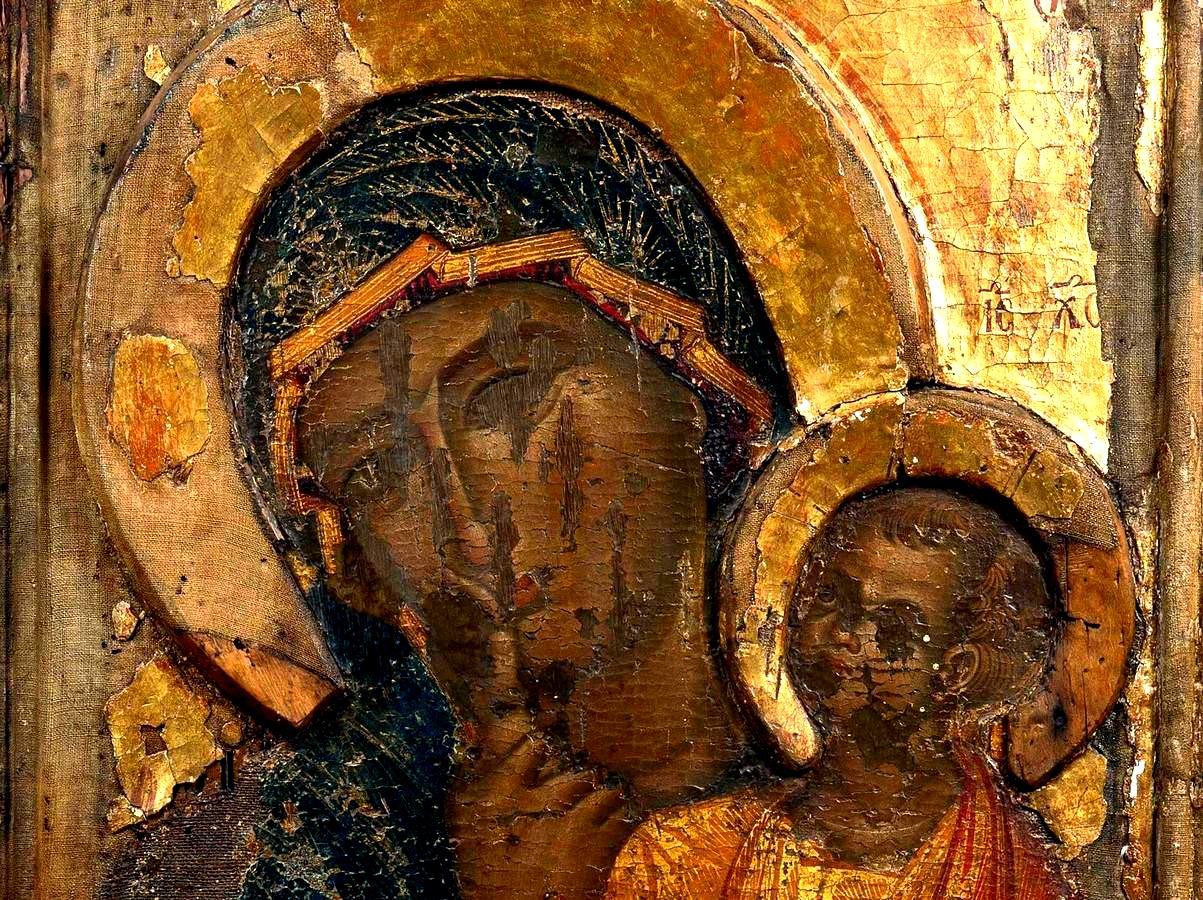
Sing on the streets
Nicosia loves live music. Songs can be heard from cafes and restaurants, and street musicians perform in open-air settings. The International Pharos Chamber Music Festival takes place here. Additionally, they organize a special Day of Song with choir parades and performances by school orchestras. But if your heart is singing, you don't need to wait for a special occasion. Sing—you'll be understood and supported!
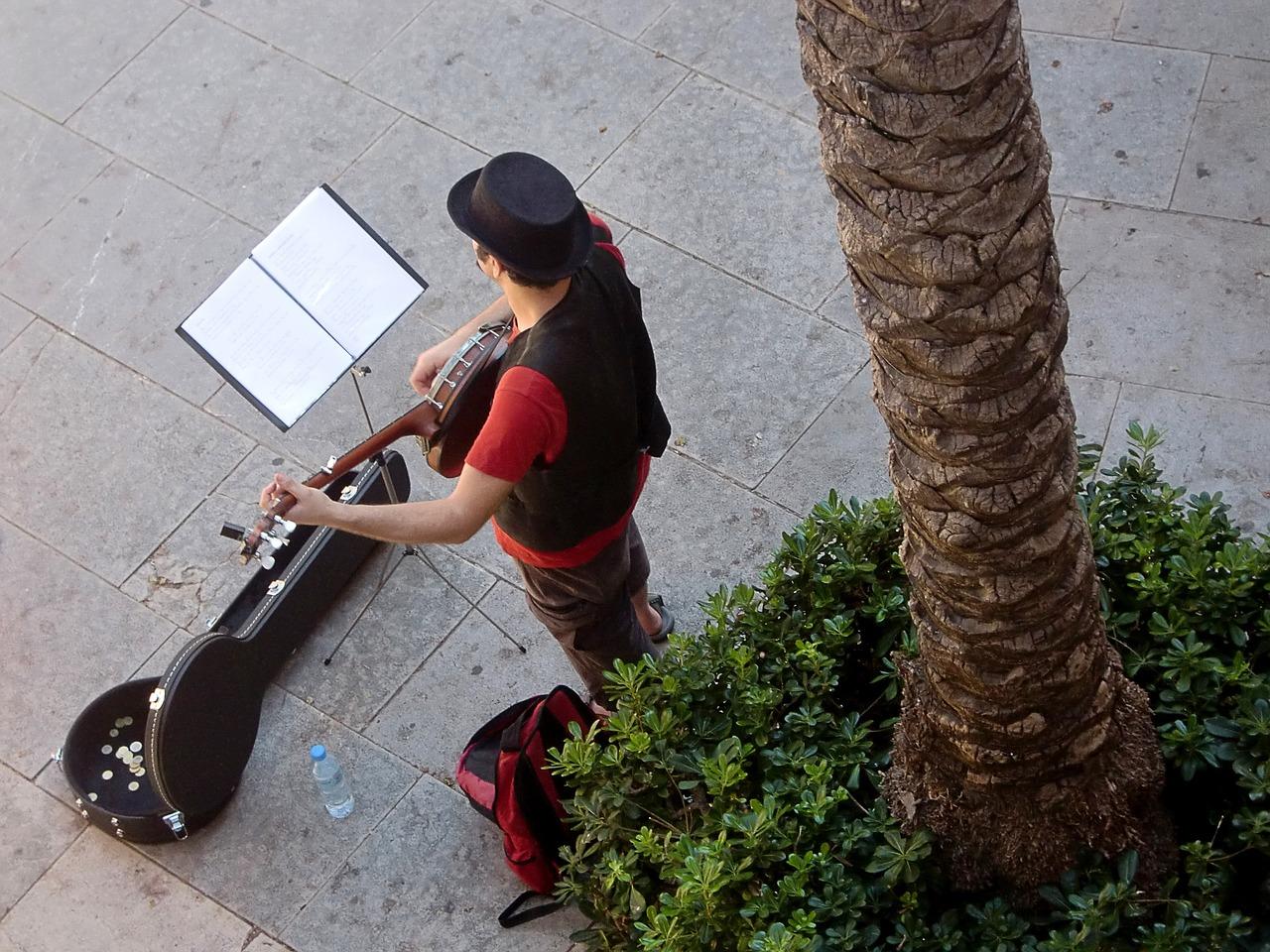
Befriend the Zoo's Inhabitants
The Melios Zoo is located 12 kilometers from Nicosia in the village of Agios Trimithias. Initially, the family of the current zoo director wanted to create a comfortable environment for their pet birds. However, the number of pets kept growing, and besides parrots, they acquired ostriches, marabou storks, and even decided to introduce kangaroos, zebras, capybaras, hyenas, and lions. The owners still devote a lot of time to their beloved animals, so the zoo's inhabitants are not hiding from visitors; they willingly pose for photographs. A good mood from interacting with the animals is guaranteed.
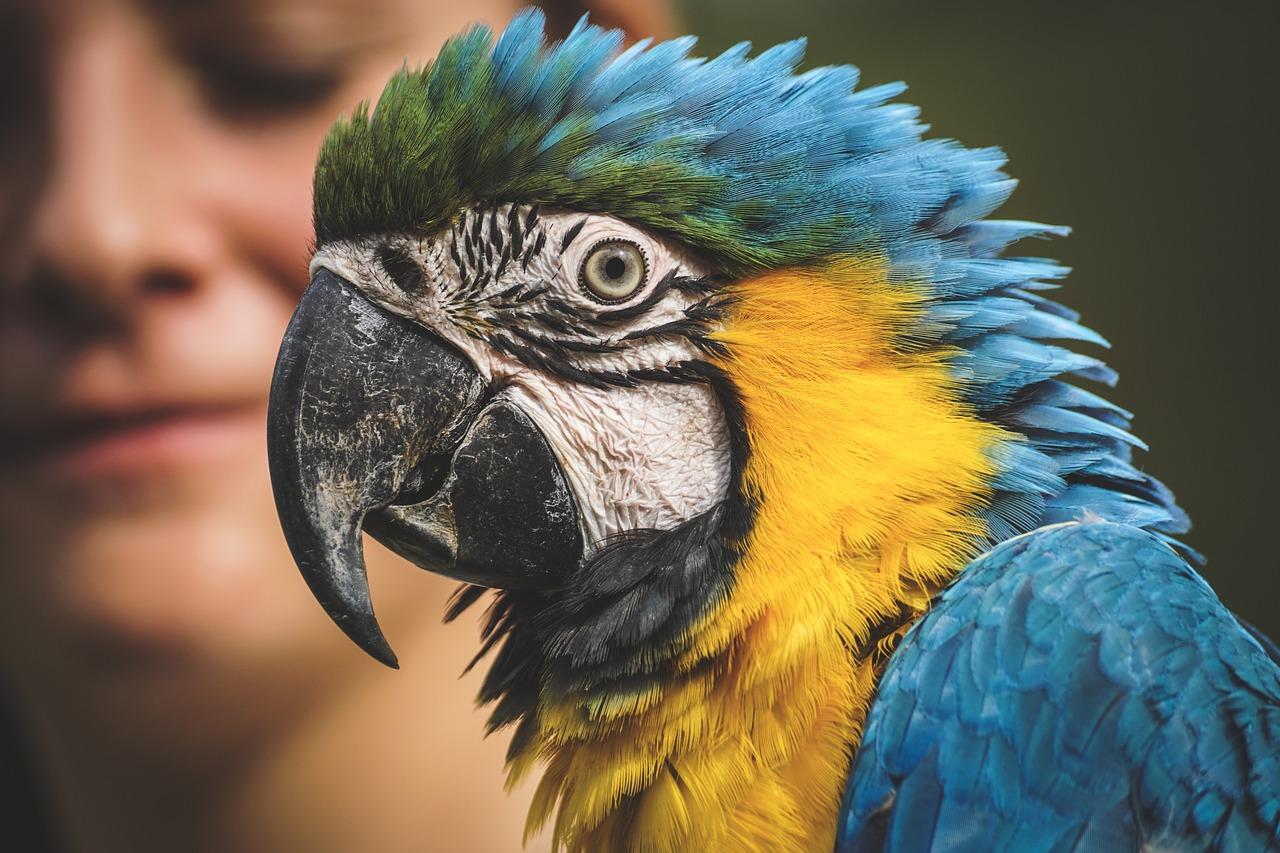
Shop for Local Delicacies
Treat yourself to local dessert wine, Cypriot mountain honey, halva, and Turkish delight. You can also enjoy the patented Cypriot product—halloumi cheese made from goat and sheep's milk, which you can grill without worrying that it will melt. Let your memories of your time in Nicosia be as diverse as possible!
